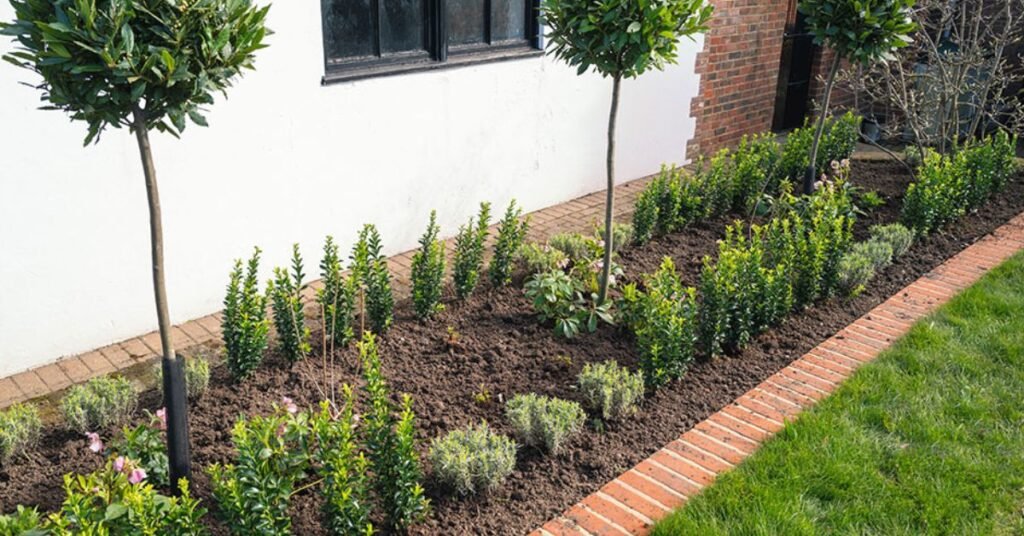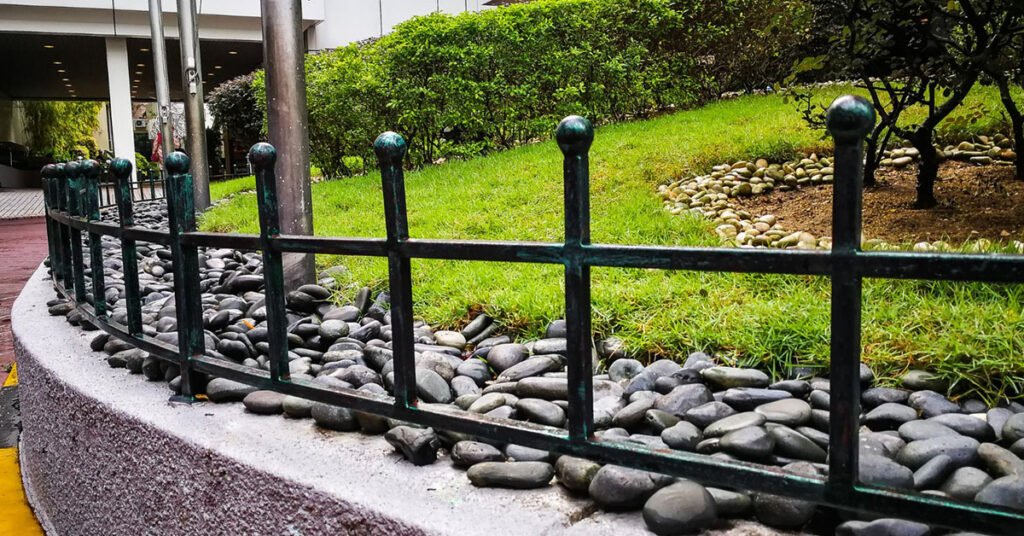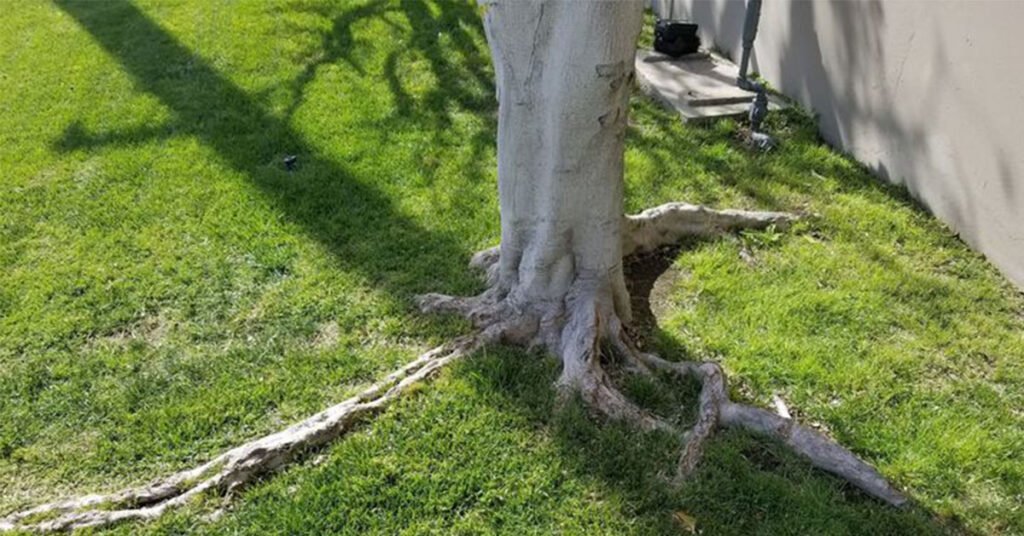Creating defined edges for landscape beds not only enhances the aesthetic appeal of outdoor spaces but also helps in maintaining garden borders and managing plant growth. Proper edging can prevent soil erosion, control the spread of mulch, and provide a clean, polished look to any landscaping project. In this guide, we’ll explore effective methods and best practices for edging landscape beds.
1. Choosing the Right Edging Material
Types of Edging Materials:
- Metal Edging: Durable and provides a crisp edge. Can be easily bent to follow curves.
- Plastic Edging: Flexible and easy to install. Comes in various colors and styles.
- Stone or Brick Edging: Adds a natural look and enhances durability.
- Wood Edging: Provides a rustic appearance but may require more maintenance.
Considerations:
- Appearance: Select edging material that complements the overall landscape design.
- Durability: Choose materials that withstand weather conditions and foot traffic.
- Ease of Installation: Evaluate installation methods suitable for the chosen material.
2. Preparation and Planning
Tools Needed:
- Shovel or spade
- Edging tool (if applicable)
- String or garden hose (for marking edges)
- Level (for straight edges)
Steps:
- Marking: Use a string or garden hose to outline the desired edge of the landscape bed.
- Digging: Dig a trench along the marked line, ensuring the depth and width accommodate the chosen edging material.
- Leveling: Use a level to ensure the trench is even and uniform along its length.
3. Installing Edging Material
Techniques:
- Metal or Plastic Edging: Insert the edging into the trench and secure with stakes as per manufacturer instructions.
- Stone or Brick Edging: Place stones or bricks tightly together along the trench. Backfill with soil to secure.
Tips:
- Overlap the edging material slightly at corners for stability and aesthetic continuity.
- Ensure edging is flush with the soil surface to prevent tripping hazards and facilitate mowing.
4. Finishing Touches and Maintenance
Final Steps:
- Backfilling: Fill any gaps around the edging with soil or mulch to integrate it into the landscape bed.
- Mulching: Apply mulch evenly within the defined bed to highlight the newly edged area.
Maintenance:
- Periodically check and adjust edging as needed to maintain its appearance and functionality.
- Replace damaged or deteriorated edging material promptly to prevent further issues.
Read More: How to Make Landscaping Rocks Look Wet
Conclusion
Edging landscape beds is a fundamental technique in landscaping that enhances both the aesthetic appeal and functionality of outdoor spaces. By choosing suitable edging materials, planning meticulously, and executing the installation with care, landscapers can achieve crisp, well-defined edges that complement various garden designs and ensure long-term landscape integrity.



